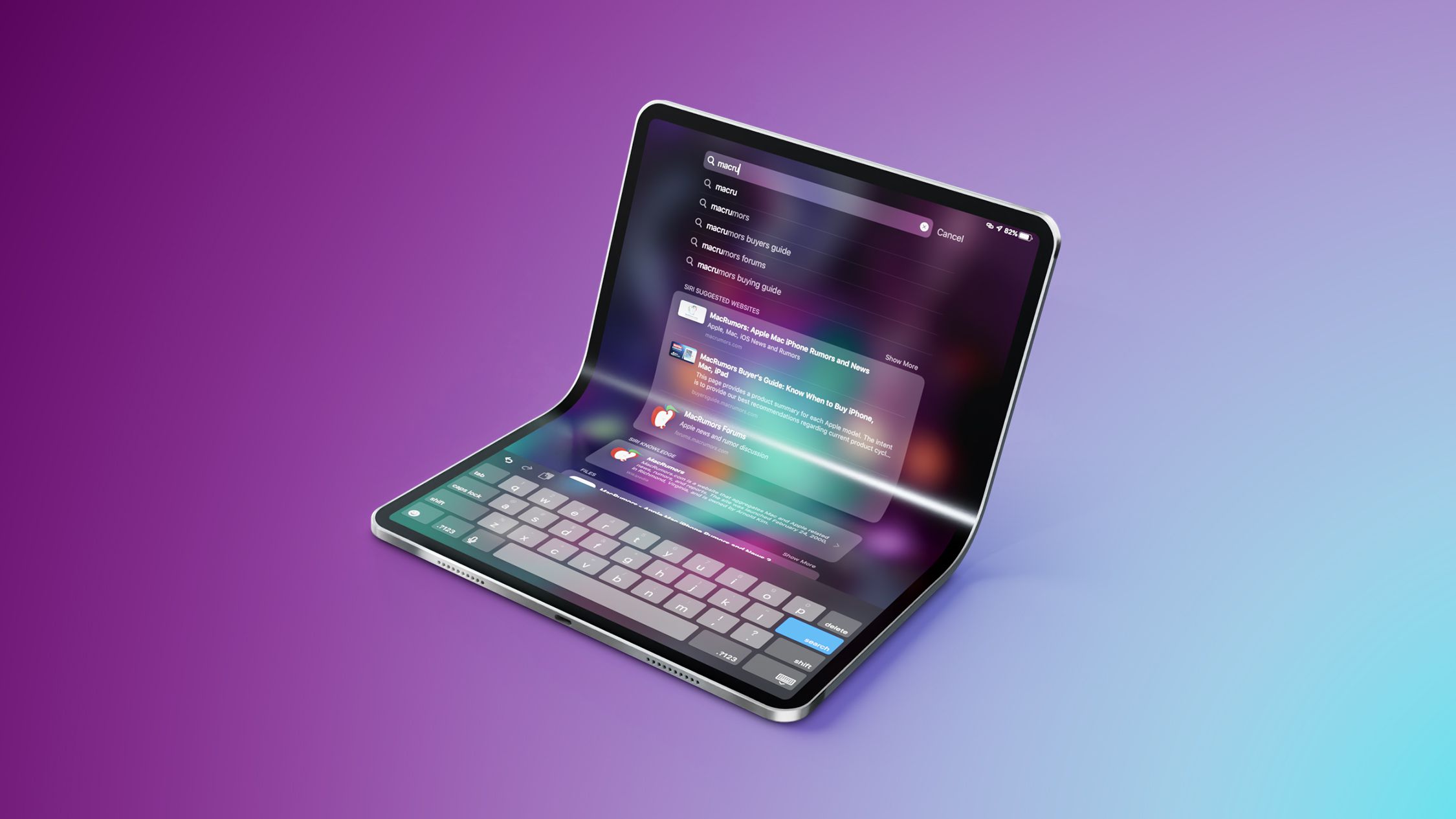
Apple's Foldable iPhone to Use Technology From iPhone 17 Air
- 17.03.2025 15:48
- macrumors.com
- Keywords: Extracted companies: Apple, Foxconn
Apple is developing a foldable iPhone using technology from the upcoming iPhone 17 Air, featuring a design similar to Samsung's Galaxy Z Fold with less screen crease. The foldable model could arrive as early as next year and may cost around $2,300, making it Apple's most expensive iPhone ever.